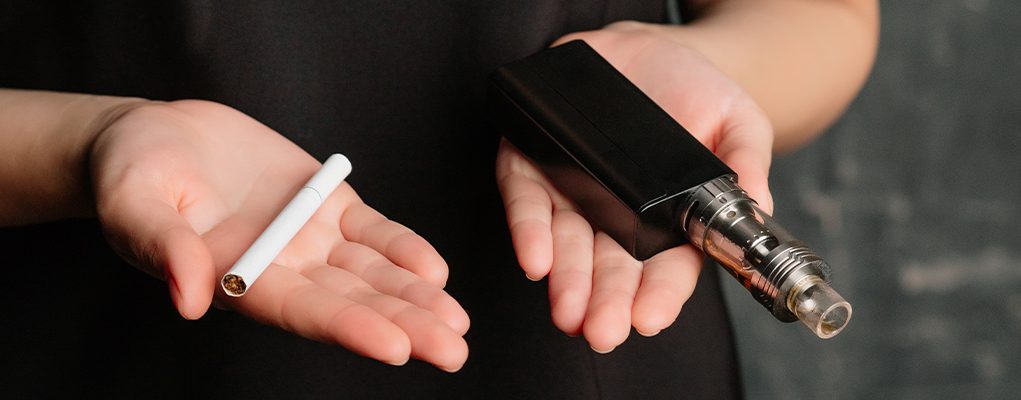In line with countless other studies, this research found that indeed when used instead of regular cigarettes, vapes reduced exposure to a major carcinogen (NNAL). “We found that e-cigarettes that delivered a similar amount of nicotine as traditional, combustible cigarettes, helped reduce smoking and exposure to a harmful carcinogen,” said Jonathan Foulds, a researcher at Penn State Cancer Institute and professor of public health sciences and psychiatry and behavioral health.
“This study shows that when smokers interested in reduction are provided with an e-cigarette with cigarette-like nicotine delivery, they are more likely to achieve significant decreases in tobacco-related toxicants, such as lower exhaled carbon monoxide levels.”
The study consisted of a randomized controlled trial of 520 participants who smoked more than nine cigarettes a day, were not currently using vaping products and were interested in reducing smoking but not quitting. Participants were either given an e-cigarette filled with either 0, 8 or 36 milligrams per milliliter of liquid nicotine, or else a plastic tube (shaped like a cigarette) that delivered no nicotine or aerosol, and were provided with smoking reduction guidelines.
The researchers tested the participants’ urine for NNAL (4-(methylnitrosamino)-1-(3-pyridyl)-1-butanol) at weeks 0, 4, 12 and 24. They found that the participants using e-cigarettes filled with the cigarette-like level of liquid nicotine had significantly lower levels of the carcinogen at week 24 compared to baseline and compared to levels observed in the non-e-cigarette control condition.
Vapes with poor nicotine-delivery profiles may be less effective
Lead study author Caroline Cobb, who is an associate professor of psychology at VCU, said the study is important for two reasons. “First, many e-cigarettes have poor nicotine-delivery profiles, and our results suggest that those products may be less effective in helping smokers change their behavior and associated toxicant exposure.”
“Second, previous randomized controlled trials examining if e-cigarettes help smokers change their smoking behavior and toxicant exposure have used e-cigarettes with low or unknown nicotine delivery profiles,” added Cobb. “Our study highlights the importance of characterizing the e-cigarette nicotine delivery profile before conducting a randomized controlled trial. This work also has other important strengths over previous studies including the sample size, length of intervention, multiple toxicant exposure measures and control conditions.”
Read Further: PennState












